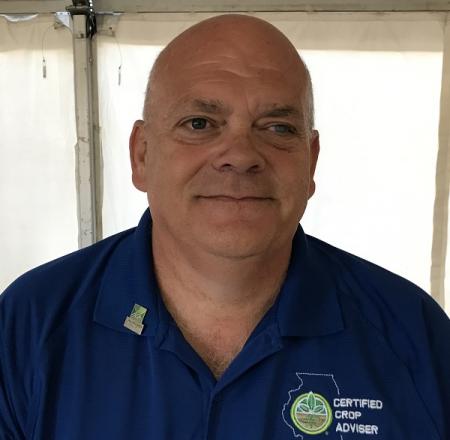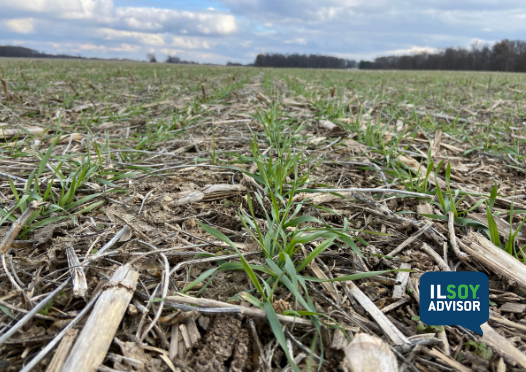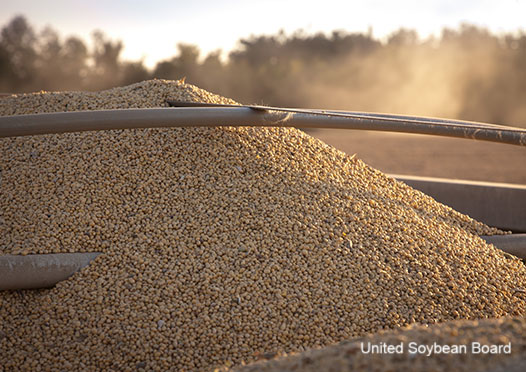ILSOYADVISOR POST
Agronomy: Dicamba Misapplication - Or how I learned to love crinkled beans!
In my time as a Soy Envoy for the past two growing seasons I have attempted to give advice in an unbiased way, trying not to let my personal opinions come through too much. I just want to present facts as I have seen them and leave the soapbox in the closet. Well, that is going to end today! We have been hearing for two months about the damage done to off-target crops in the south by the off-label misapplication of dicamba on tolerant soybeans and cotton.
Now whether I think dicamba is the cure-all for our weed resistance issues or not is irrelevant. History will prove if it’s a good tool. The actions of a few individuals trying to get by under the radar have endangered the livelihood of numerous neighbors and caused great upheaval in the industry. Orchard and vegetable crops have been damaged, if not outright destroyed; non-tolerant crops have been hammered by drift from those misapplied fields. And neighbors are at each other’s throats—all because genetics were released before the right dicamba herbicide product was approved.
We could argue who is at fault here, but the bottom line is all this furor has caused a great deal of scrutiny of our industry by regulatory agencies at both the state and federal levels. While we should be spending our time defending atrazine, whose absence will impact weed control in corn, now we are backed into a corner defending a potential technology that hasn’t officially even made it to market yet.
I realize that farmers are desperate for Palmer and waterhemp control, but breaking the law is not helping in the long run. Now the big question is what this all means for the future of dicamba-tolerant crops. How will the EPA react to these issues? Will they fast track the technology or will this be the death of it? I have no answers here. If the technology is allowed to proceed how will we avoid these widespread drift issues from recurring if growers decide to apply generic dicamba instead of new, drift-resistant dicamba?
What if the EPA never allows us to use the technology, a technology we need desperately in many geographies? The bottom line in all this is that we have no one to blame but ourselves. In the rush to bring a new technology on board we have given ourselves a huge black eye. The public will begin to question just how far we should be trusted and, in this climate of more regulation, trust is a huge deal for our industry.
We hope to have our answers in the next few months. Whatever the EPA decides we will live with, but it is a shame if we lose this technology to a disregard for the label laws that the vast majority of growers have complied with for generations. I will now put the soapbox back in the closet.
Mike Wilson is a Specialty Products Marketing Coordinator at Wabash Valley Service Company. For over 20 years he has been working with farmers in ten counties in southeastern Illinois to improve economic yield in soybeans, corn and wheat. Mike has been a CCA since 1994 and is enjoying being a part of the Soy Envoy program.





Comments
Add new comment